David Eveleigh-Evans of Method on tech, disruption and how design is changing forever
Describing himself as something of a nomad, David Eveleigh-Evans is the chief creative officer at Method in London, where he leads design excellence across the agency's three studios, which include San Francisco and New York.
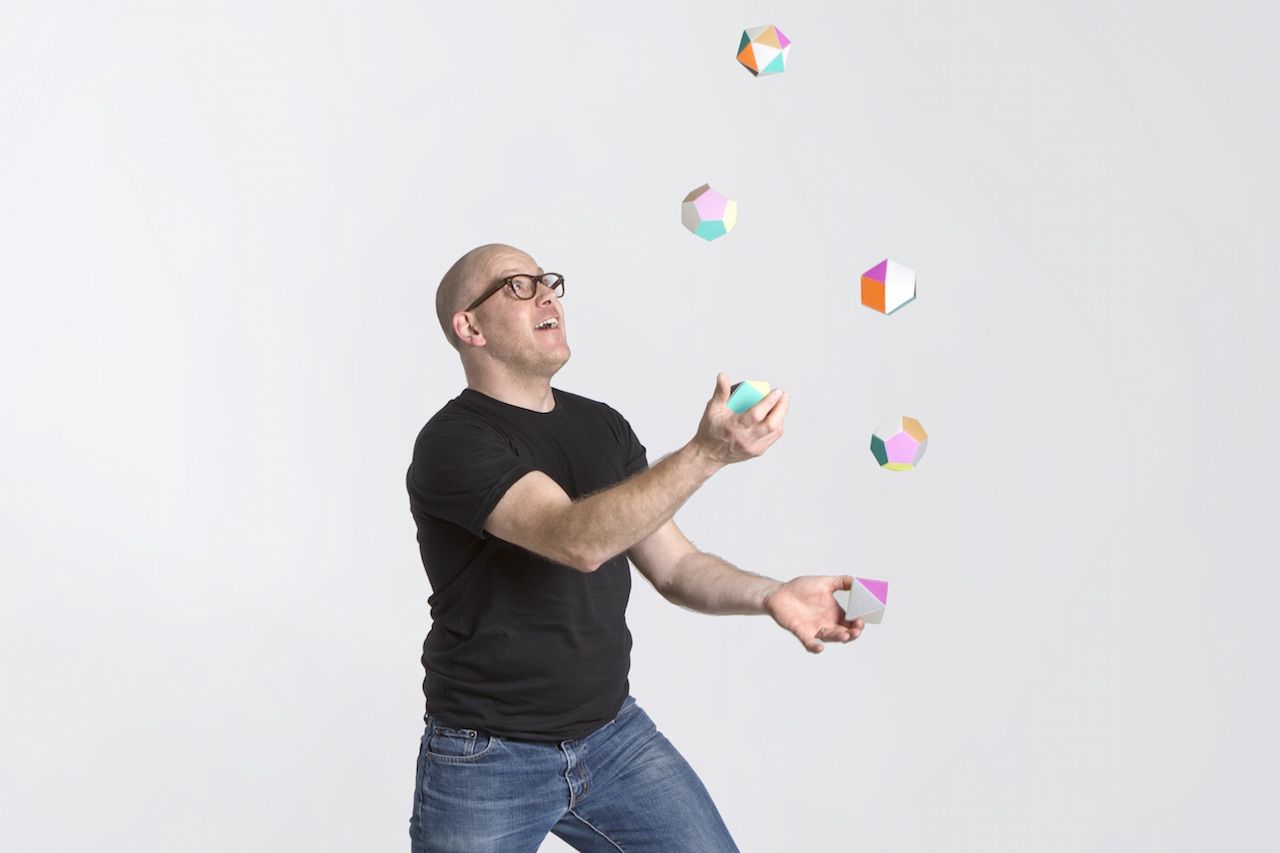
With over 18 years design experience, ranging from global brand identity creation and rollout, to next-generation digital interfaces and unique one-off 4D interactive installations – he was previously creative director at Moving Brands, Native and Imagination, and has worked for clients such as Audi, BBC, Ford, HP, Microsoft, Nokia, Samsung, TomTom, Whirlpool, Swisscom, Yahoo and others. Prior to all this, David was art director at Razorfish in New York and London, interaction designer at Metadesign, and junior product designer at IDEO.
During his career, David has won many international design awards including the prestigious D&AD, AIGA, Red Dot, European Design, ADC*E, Cannes Lions, Creative Review, Design Week and much more. He enjoys judging and speaking at design events and his work has been published and shown internationally.
Educated at the highly respected Royal College of Art in London, David gained a Masters in Design Interactions, studying under the renowned design academic Gillian Crampton-Smith and critical design thinker Anthony Dunne. We spent a happy half hour chatting with David about his career, new disruptive technology and how design is changing forever.
Tell us more about how you got started? Where did you study? What was your first job?
First of all, I did a foundation course in art, and then I did Industrial Product Design at Newcastle. From there I went to London's Royal College of Art and studied a Masters in Interaction Design – which was far more experimental, working through a new language of interaction, bringing together art and science in a cross-disciplinary environment. I finished on a Friday and started my first job the following Monday, working as a digital designer for Razorfish in London. Before that, I’d also worked for Metadesign, where I won a D&AD award for one of the many projects I was involved with.
A great start then?
Not a bad start. That D&AD award was to do with the City of Glasgow’s type identity that Erik Spiekermann and Metadesign created, and my typographic animation for that.
At Razorfish, it was more web design. So early work for Financial Times and Boots, amongst others. Then I left London to move to New York where I was art director for Razorfish. I then left, came back home to have a family with my wife, set up my own little studio and offered design work for more cultural institutions such as art galleries, small fashion labels and things like that.
I didn’t realise you once ran an agency as well?
I wouldn’t call it an agency. It was my wife and I running three separate businesses – design, furniture and children’s wear. So her thing was called Bird and I did a bit of furniture. We were kind of like producer-makers and we got some pretty good recognition.
But I wanted to earn more money, so I ended up going back to work and became a freelancer, starting off with a project at Moving Brands, which involved the Nokia website redesign. I was soon hired as creative director there, and I stayed for four years.
One of the most memorable projects was with Swisscom, which was amazing. It involved a data-driven brand identity using processing and 3D apps. And that rolled out and has been massively successful for them. We were also doing a lot of work for Nokia at the time, doing interactive installations. And there were various other projects where we messed around with everything from augmented reality and multi-touch through to marker systems and computer vision. We did a computer vision digital portfolio for the London School of Fashion; that was one of the things where it was an environment plus the digital interface that we showcased 600 students’ portfolios.
And then things like one-off experiential pieces for brands like Kef which created the world’s most expensive speakers that Ross Lovegrove designed, and that launched in Milan and we created a whole installation for that. We also made some custom software using processing that demonstrated the quality of the speakers through visualising sound. It was a really mixed time and not just web or brand – it was very much emerging technology and how you brought new technologies into different forms and different experiences.
From Moving Brands, I moved to Native. At the time I lived in Melbourne. I’d emigrated there but was still creative director, and had to commute to London over a nine-month period. That was fun. I was doing workshops for Whirlpool in Italy, and working on TomTom and Microsoft Phone – bits and bobs like that. It was super interesting, and a great studio to work with. They were doing product design and UX, merging the two, so it was incredibly full-on.
Then myself and the family moved back to London where I went back to freelancing for a little while, working for agencies such as Imagination, creating installations for Ford Motor Show in America. Then an opportunity came up at Method in New York. So I became creative director for them. We were there for a little while, then came back to London and I’ve been working for Method for the past five years, going through various promotions and am currently chief creative officer.
A rich and varied career so far then?
My responsibilities have changed within that time, and Method has changed as a business as well. There’s now more of a global focus, so I’m looking after design across the three studios in London, San Francisco, and New York. Ultimately, my role ensures excellence in the quality and delivery of content and thought leadership in what we do, and setting up the brand direction and the style and delivery of work we’re interested in. Expanding our repertoire, so to speak.
How do you ensure that quality prevails across all those different studios? It must be challenging to manage on an international level?
It’s more about hiring the right people with the right mindset, realistically. The Method core values as a business are empathy, curiosity, experimentation, craft, and rigor… so it’s like a designer’s design studio effectively. What I mean by that is the personality of the brand represents the qualities of design we care about. That kind of tenant of good design done right and that idea of trying to empower people to deliver high-quality craft is very important. It’s the DNA of where Method has come from, especially in visual design. You know, having an aesthetic sensibility that equally delivers on the experience.
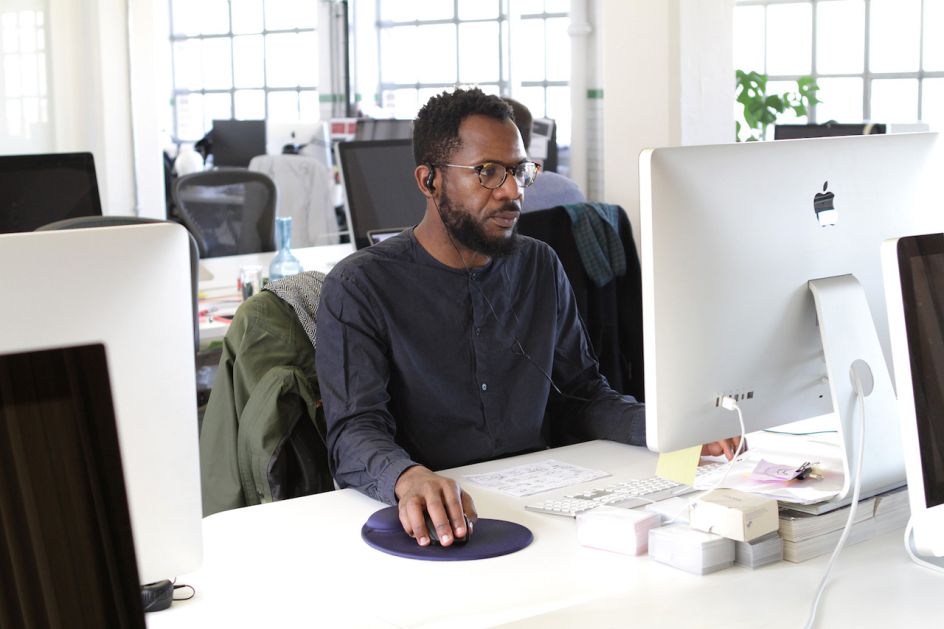
Method's studio in London
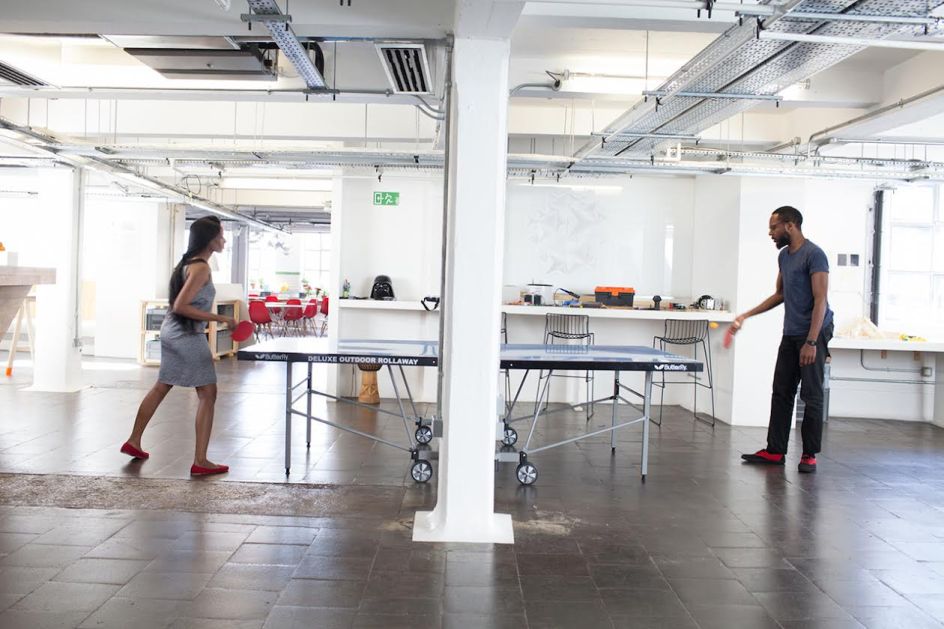
Method's studio in London
So how do you hire the right people? What qualities do you look for in someone?
We’re very picky, which is sometimes a challenge because you can’t always get people in time. But equally we’d rather have the right people, as opposed to just anybody. What we tend to do is either hire people who’ve been around for some time in other businesses yet want to work in a different way, or we have interns or people who are just starting out in their careers, and it’s their first experience of a collaborative environment.
In terms of qualities, I look for the more entrepreneurial attributes. Proactive, self-organising, the ability to work with ambiguity and solve problems by working through them, iterating out solutions and working as a team to co-create.
I’m also looking for someone who is flexible in the way they approach things because we don’t have a standard, cookie-cutter process; we adapt our design tools to the problems we’re trying to solve. That might be a brand issue, so it might be about brand definition and purpose and clarity of brand strategy through to visual expression and positioning. Or it might be a new product that needs to be created to fulfill a need based on insights. Or it might be a new service proposition or a mix of any one of those three. So we’re kind of in a convergent space, realistically.
Method is an 'experience design' agency. It's still a relatively new term for many. Tell us more.
We’ve been using the term ‘Experience Design’ at Method for about the last 10 years. My colleagues Patrick Newbery and Kevin Farnham wrote a book around our point of view on brand experience and value because our version of it is a brand-driven process and having the brand in every single interaction – designing with purpose, that’s our fundamental guide to how we create what we do. It's about solving problems, and using brand as a strategic decision-making tool, allowing you to design for opportunity and create value for both the business and customers, it allows you to innovate and build a dynamic relationship over time, deepening engagement and creating more meaningful experiences that matter and that successfully fit into peoples lives.
The scope of design has changed. The value of design now has a seat at the table at corporate level. Businesses now understand its importance. It’s a value driver for any business and to compete it’s one part of an advantage in any industry. But what that means is that levels of design have changed from appearance and process to strategy. It's where you bring a design process to solve a problem, whether that’s something complicated like climate change or an individual touchpoint.
The ‘Experience Design’ view is you have to have a holistic, systematic way of addressing that problem with a connected, inter-related set of solutions because things don’t exist in isolation anymore; they’re networked. So you have to problem-solve with a network mentality. That’s something that has really changed since I graduated.
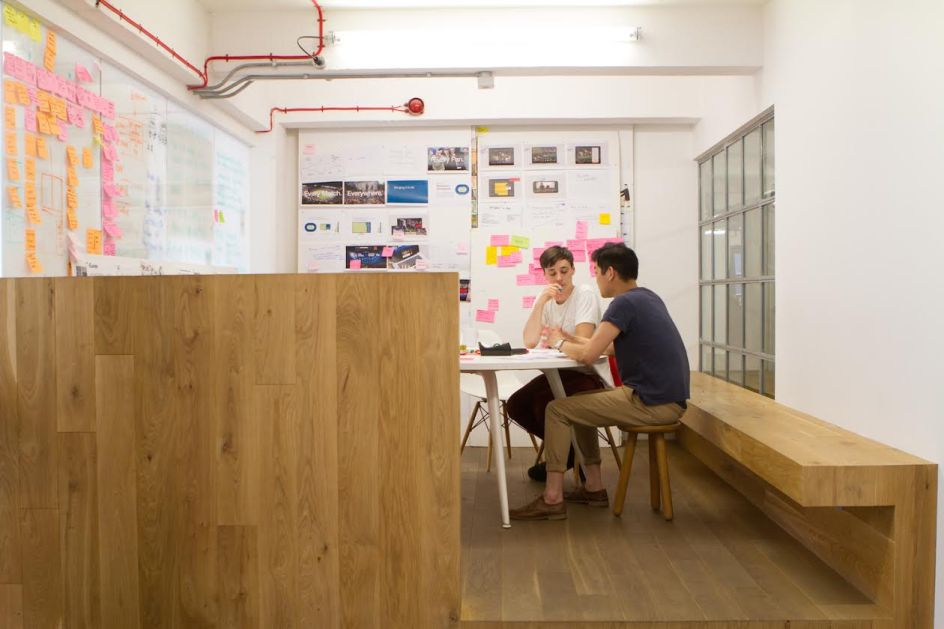
Method's studio in London
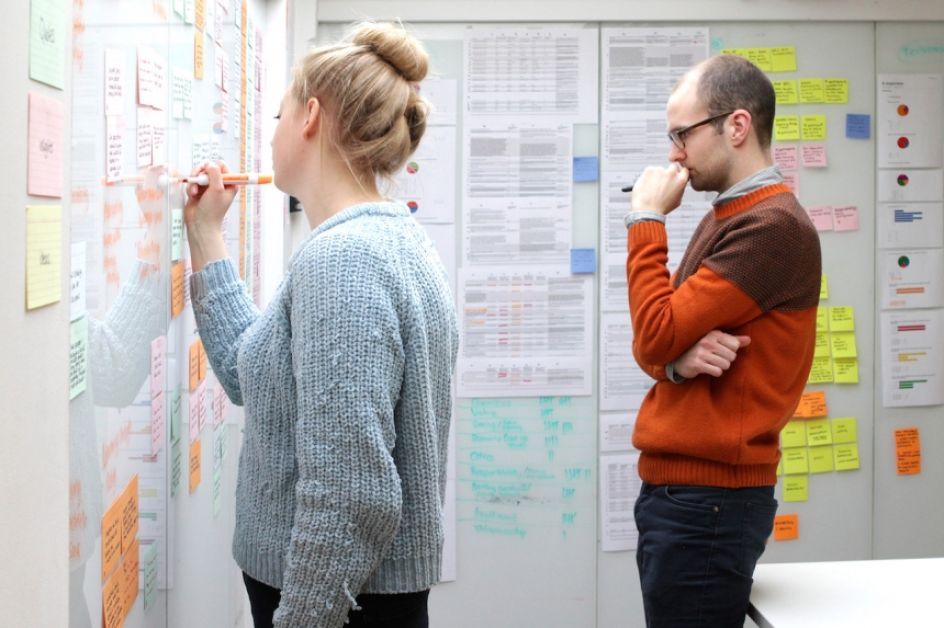
Method's studio in London
What else has changed since your days at Razorfish?
Brand is no longer about what you say; it’s much more about what you do. Through interaction, the truth will trump any type of messaging. As much as there’s advertising, there’s a shift from image creation to utility creation. You know, the value of what you do, ultimately it’s about designing for meaning and creating for experiences that matter for people, that fit into their lives, that give them some sort of improvement and progress in what they’re trying to do.
And doing that in a way that allows the business to deliver it so that it’s engaging yet distinct. It’s about allowing them to meet the customer needs in ways that are valuable for both; so you create value not only for the business but for the customer as well. That’s our view of brand. There’s a change between marketing activity and the reality of using products and services because the product and service interface effectively becomes the brand.
The other major thing that’s changed lies around the silos of design. We try and think of experience design as post-discipline, which means you have a core skill set – maybe it’s UX or visual design or coding – but ultimately you’re just bringing your design tools and your skill sets to solve a problem creatively from different angles. Because you need a mix of skills to basically design those solutions – more relevant and longer lasting than you’re used to. Whereas, when I first designed a website you just focused on that channel, but now you have to think cross-channel and customer journey and end-to-end and life cycle. It’s much more of a time-based relationship that you’re designing for.
Do you have any predictions on what else might change for designers and marketers over the next few years?
Every industry is being disrupted in some way through digital. Every business is trying to meet a customer need. There are new behaviours, there are new things we want to do as customers, there are new things that we’re discovering that technology now enables.
There’s an emergent thing that’s happening, so when you take one model like Uber – which is an on-demand service – and you apply that to another industry, that revolutionises and challenges that sector because suddenly someone has created a solution that completely changes how things are run, but delivers more value to the customer.
You’re moving from an ownership culture to an access one. This is changing the ways in which people consume, own and have access to products and services. Really, it’s about the waves of those different businesses catching up – from startups that see a niche that they want to exploit through to big brands that have to transform because the pace of change will not slow. You have to be more adaptive, more responsive and you have to be able to make your thing and put it in the market faster.
And because of that, there’s a growing ‘lean startup’ culture amongst all businesses – of iterating, testing, proving and validating – more than ever before. Everyone is moving towards a leaner way of working. Much more prototype-driven, much more testing and co-creation with real people. It’s more insight-driven so you’re understanding the real behaviours, needs, and motivations of people.
 - just one of the many experimental tools created by Method](https://www.creativeboom.com/upload/articles/e1/e1dae6c76121838d2b03eb5a919c224115cb0fcc_944.jpg)
Henri - just one of the many experimental tools created by Method
 - just one of the many experimental tools created by Method](https://www.creativeboom.com/upload/articles/49/49a0eb8b8b12246e80b5cc765617b84307ffeb90_944.jpg)
Henri - just one of the many experimental tools created by Method
It’s an exciting time to be a designer then?
Yes! The opportunities that come out of this way of working are often unexpected. So as an example, at Method, we recently carried out some guerrilla user insights for a national bank. There was one woman we spoke to, and she would give her daughter her money to hide, so she wouldn’t spend it. You wouldn’t get that kind of insight without going out and meeting real people. From that, you might create a new feature for the bank that gives its customers control over spending habits.
Insights-driven design has always been there, but it’s much more relevant now and the speed of being able to fill that 'need gap' is faster than it’s ever been. The kind of barrier for entry is a lot lower too. Businesses, no matter how large or small, can quickly pull together an eco-system of tools and ways in which to market themselves. And they can improve their ideas a lot faster as well.
Everything is moving incredibly fast. How does an agency such as Method stay ahead of the curve?
Pure curiosity, interest and being passionate about the things we’re working on. It’s like having antennas and being able to see what’s coming. It also comes from being able to gain insights from working with new technology on the job. So with mobile and virtual reality, for example, you have to go out and walk through an experience that a business is creating. If you’re looking at online banking, you have to access the website and go through the process… if you’re working for a retail brand, you have to physically go to their shops and have the experience, and map out the opportunities and pain points of what is and isn’t working.
That allows you to stay ahead of the curve – things like machine learning, virtual reality, artificial intelligence, designing for data, those kind of things that are happening right now, you’re constantly looking at ways these new technologies affect your solutions.
You’re also looking at the rest of the design community and seeing what they do – it’s shared intelligence. Take Google Glass, for example… it’s a technology, but does it have a use? Suddenly, it has a use for entertainment, or perhaps something for hospitals. It’s about how that new technology fits into everyday life, and you see those experiences being created and other people iterate and improve on them, crafting different types of experiences.
You then get to a universal language, like with virtual reality – not only is it affecting camera makers but drone makers as well. Because drones with cameras can shoot 360 degree views which then allow you to film in panoramic, which then adds to your virtual reality! Then you have to consider 3D sound, how do you record it? And then content? How do you tell the story? Suddenly, everything gets innovated – content, storytelling, experience design, the actual technology.
Those kind of technologies disrupt on many levels, and as a designer there are lots of opportunities to look at different aspects on that problem. You can then design something that might be educational, entertaining or informative – the technology becomes a platform to enable all sorts of things you’d never even thought about before. And equally, the innovation can come when you take fitness and banking and mash those together, or even healthcare and finances, and suddenly you have new products and services that wouldn’t have existed… just because of taking people’s behaviours but also because the technology is there to enable it.
 - a wearable, head-mounted display to help medical clinicians monitor patient health](https://www.creativeboom.com/upload/articles/00/00e67729cb3d71b2e45d8ff24273e6b1f1f2a1de_944.jpg)
Vivi - a wearable, head-mounted display to help medical clinicians monitor patient health
 - a wearable, head-mounted display to help medical clinicians monitor patient health](https://www.creativeboom.com/upload/articles/18/1840efcb8c16d6940c761a28a383f964e97a1286_944.jpg)
Vivi - a wearable, head-mounted display to help medical clinicians monitor patient health
Anything exciting you’re currently working on at Method?
There’s a live sports streaming service that we’re working on, to be launched later this year. That’s going to be super cool and disruptive. But I can't say too much more about that.
What do you do to relax?
Cooking – I really enjoy spending time in the kitchen. My wife’s an artist, so we do work together. We actually met at the Royal College so we’ve always done this, things like sculpture and installation. I’ve also got three children – they’re massively creative and love to build and create things, so I enjoy doing things together.
I’m also trying to learn how to write a book, which is quite strange. I have a story that I told my children when they were growing up and I’m turning it into a novel. So I’m learning about the craft of writing – how to do an opening, how to structure your plot… stuff like that. Those are the things I do, I love to make stuff. I also like to hack – Instructables is a good website we love to visit as a family. My son and I are making a little robot dog at the moment. We also mess around with music, circuit-bending – it’s a mixed bag.
What are you currently reading?
I’ve just read The Revenant by Michael Punke, which I read in one sitting. For pure storytelling, it’s fantastic. I’m currently reading Dark Matter & Trojan Horses – which is a smart e-book around strategic design and thinking.
We’re a bookworm family, really. Reading is super important in life – you never stop learning; every day is a new learning experience and you've got to consider how you want to supplement your skills, have a diversity of different interests and keep your creativity. You don’t necessarily need to stick to books either; there are some great blogs out there that can spark your creativity – I like There I Fixed It, which shares insights on things that are broken and how people have fixed them.
Finally, if you could have a word with your younger self and offer any advice, what would you say?
I would say, you’ll be ok! (Laughs). And don’t worry! But seriously, be true to yourself and take more risks. Believe that you can always find a solution.

















](https://www.creativeboom.com/upload/articles/7c/7c7bad8f3d40d889a00581f92898e563fe2224c2_732.jpg)
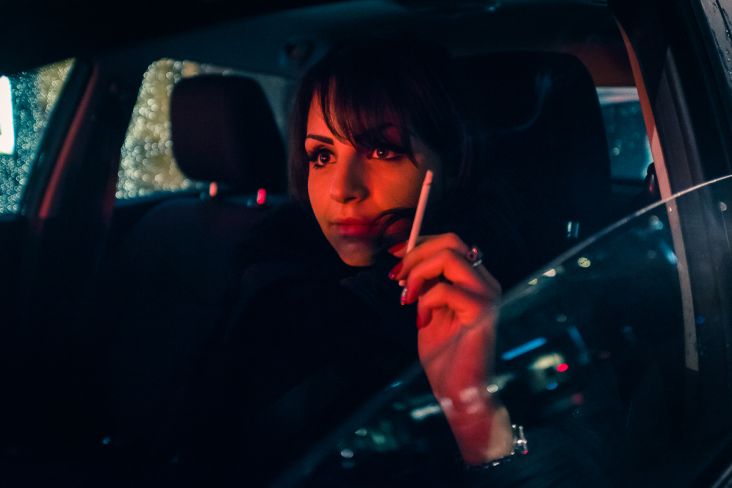
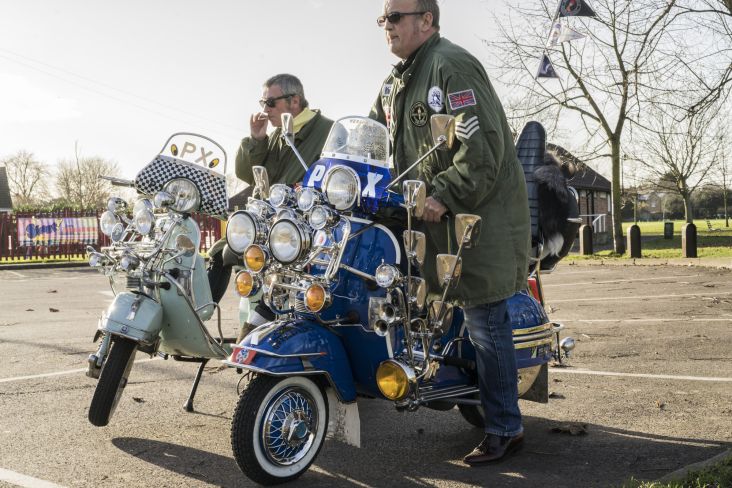
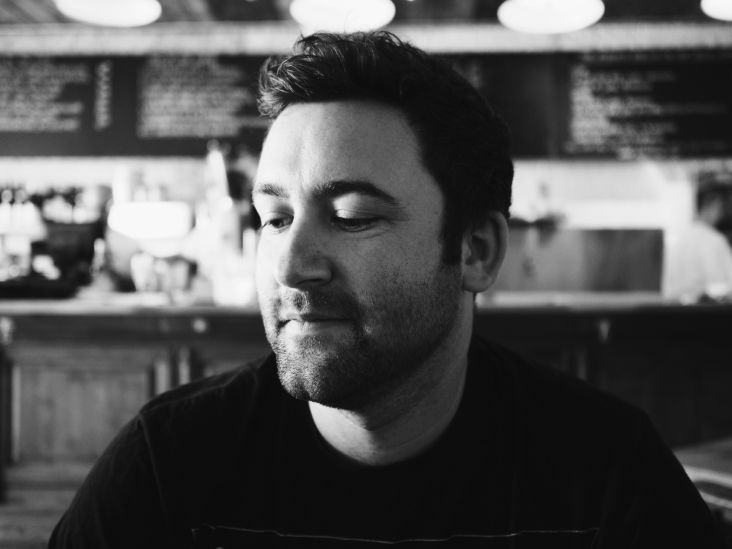
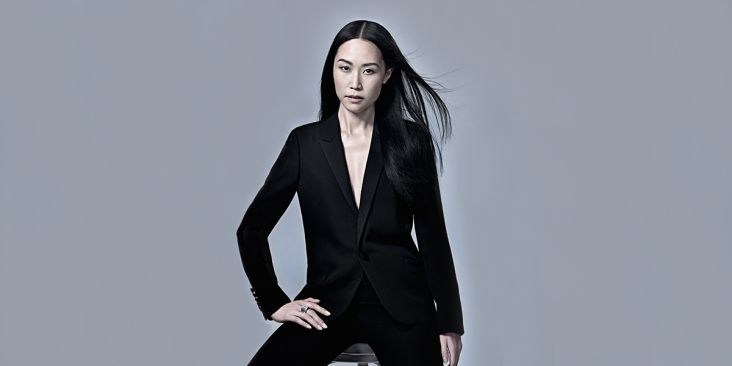

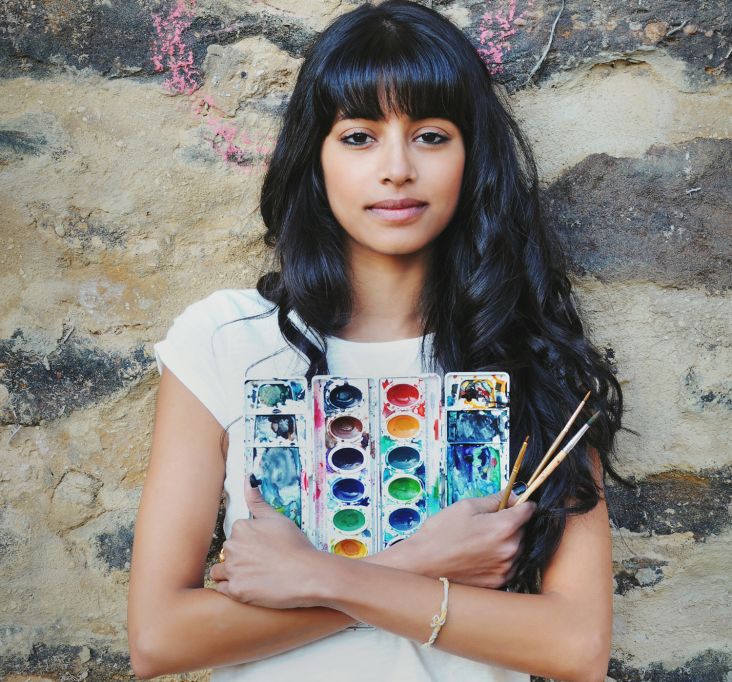
](https://www.creativeboom.com/upload/articles/88/88861049fd4a6b527e27aacc10e7c713c510a21c_732.jpg)
